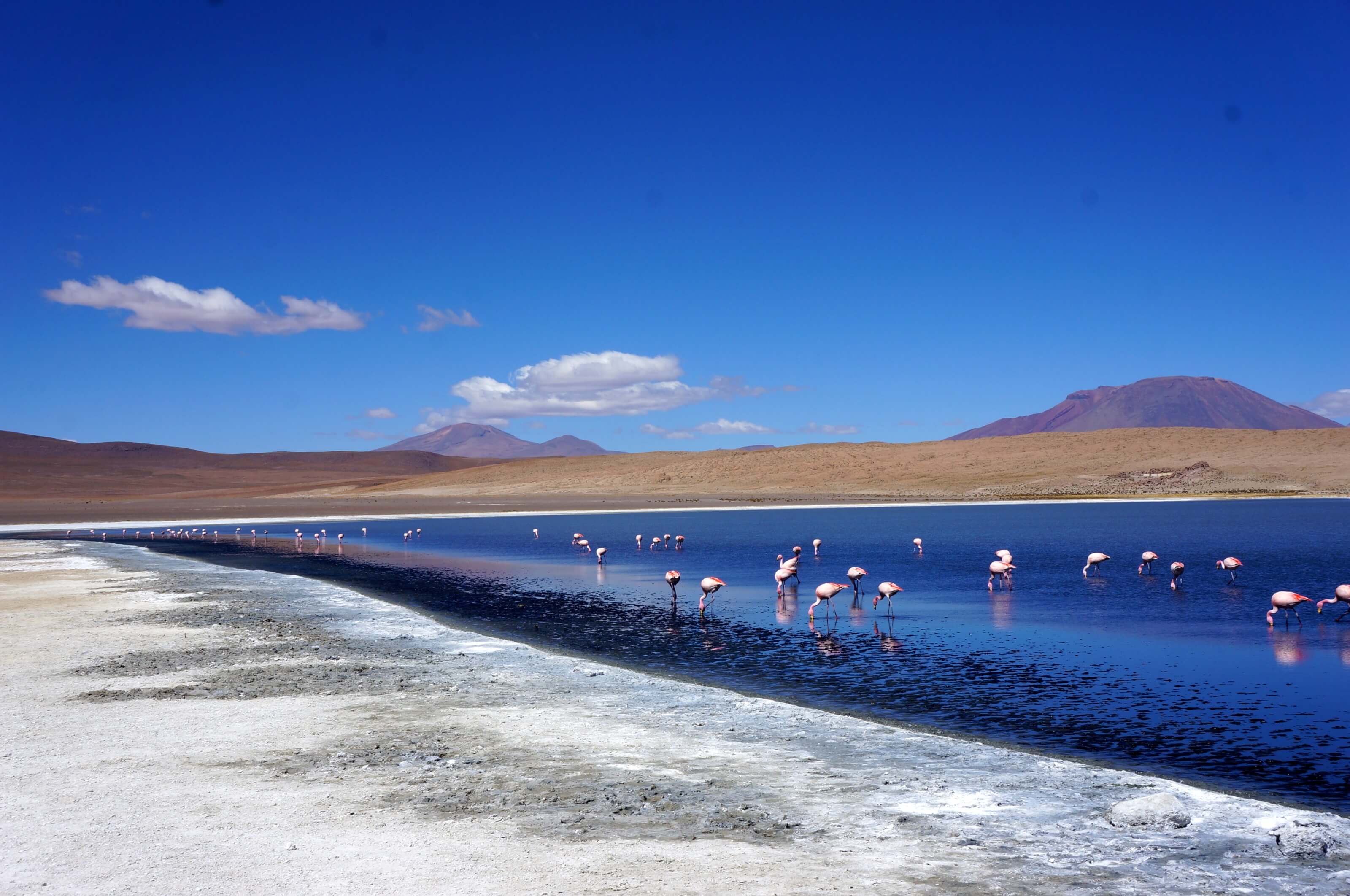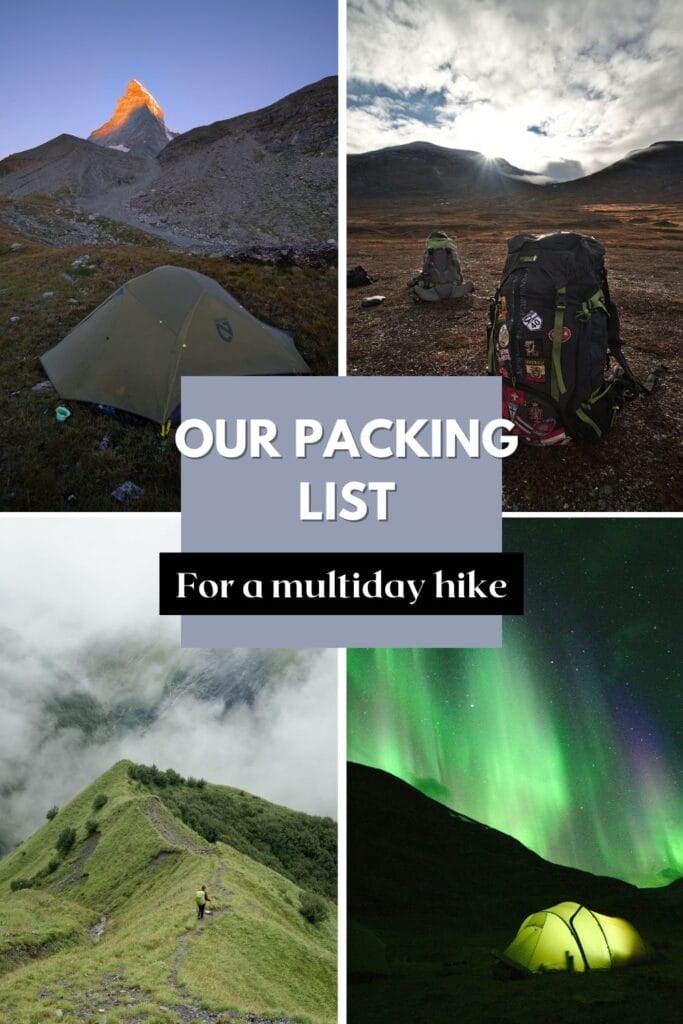Located some 100 km northwest of La Paz, the Illampu circuit is a beautiful 6-7 day trek around the imposing Illampu massif. Here's our complete guide!
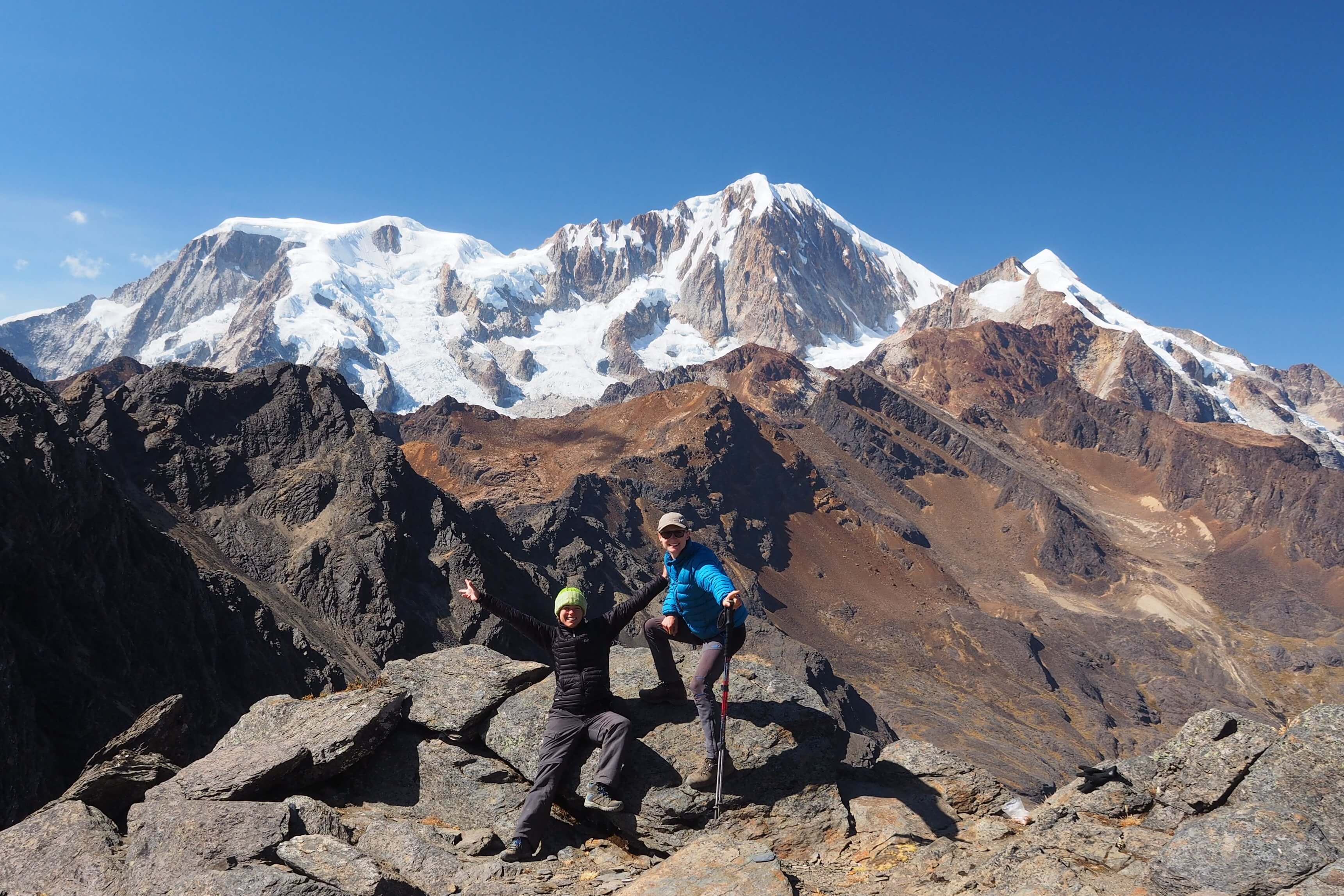
Welcome to Bolivia to discover the most beautiful landscapes of South America. Yes, really! We're taking you to the incredible Salar de Uyuni, breathtaking lagoons and volcanoes in Sajama National Park, the charming town of Sucre, and the impressive La Paz. A trip to Bolivia offers unbelievable landscapes that seem from another planet, leaving an everlasting impression. Bolivia is also where Benoit first surpassed the symbolic 6000 meters altitude by climbing to the summit of Parinacota Volcano.
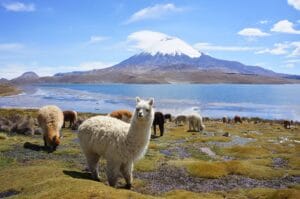
In short, Bolivia is a highlight of our trip around the world, and we hope to return one day to continue our discoveries and perhaps even go on a beautiful trek ;).
To prepare your backpacking trip to Bolivia, we're sharing this comprehensive guide!
We spent a month in Bolivia and wrote several blog articles about this South American country. You will find all our articles at the end of this page, but if you prefer to choose them geographically, you can simply click on the button below to display our Bolivia map.
Here is a preview of what awaits you (and much more!) in Bolivia.
Since Bolivia is in the southern hemisphere, the seasons are reversed: when it’s winter here, it’s summer there, and vice versa. That’s the first point to keep in mind.
The second thing to know is that due to the variety of landscapes and altitudes, there is no single climate rule in Bolivia. The altitude primarily dictates how many layers you will need to wear.
In the Amazon or the plains, you are unlikely to need your beautiful llama sweater (everyone buys one of those things in Bolivia!). There, temperatures usually hover around 30 degrees all year long.
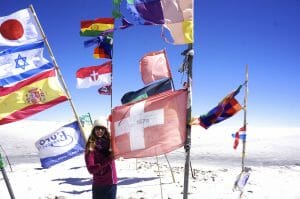
On the other hand, on the Altiplano and during the austral winter, it’s a different story! Llama wool sweaters, pom-pom hats, kitsch gloves, the whole kit is not too much! For example, in the Uyuni salt flats, temperatures are mild during the day: 15-20 degrees. But at night... Mamma mia! I have rarely been so cold in my life! -15 degrees is not uncommon, and many lodges often have neither heating nor insulation! In short, I officially spent my first night equipped with a hat, scarf, and lovely fleece-lined leggings. Yes, I succumbed to such an atrocity! So, bring warm layers!
Personally, I think the best season to come to Bolivia is the dry season, which is during the austral winter from March/April to November. It is entirely possible to come between November and March, but the chances of encountering rain are higher. It’s logical since this corresponds to the rainy season. Seeing the Salar de Uyuni under a thin layer of water seems magical, but if it rains too much, the Salar won’t be accessible at all! We arrived in Bolivia at the end of August, and it was fantastic.
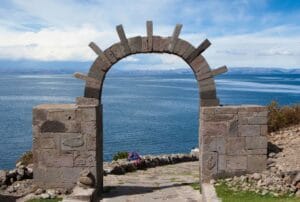
Bolivia hides many lovely places, some very touristy, others much less so. For us, our trip to Bolivia was somewhat time-limited because we had an appointment in Chile with a friend 30 days after we arrived in Bolivia. So, we didn’t see everything in 1 month. For example, the entire Amazonian part is totally unknown to us. Oh well, we’ll have to come back one day, what a shame! I’m joking, of course, we loved Bolivia so much that we’ll gladly return to finish what we started!
Note: Don't forget to acclimatize yourself in the cities before setting off to explore the Andes!
To plan your itinerary through the country, here are our favorite things to do and see for a 3-week trip to Bolivia.
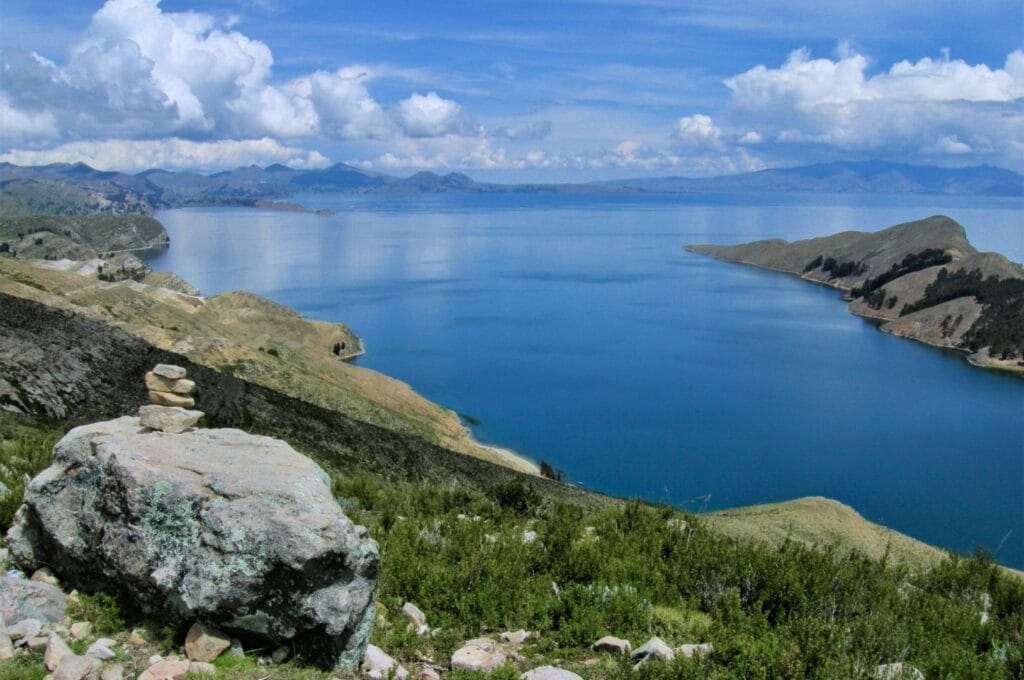
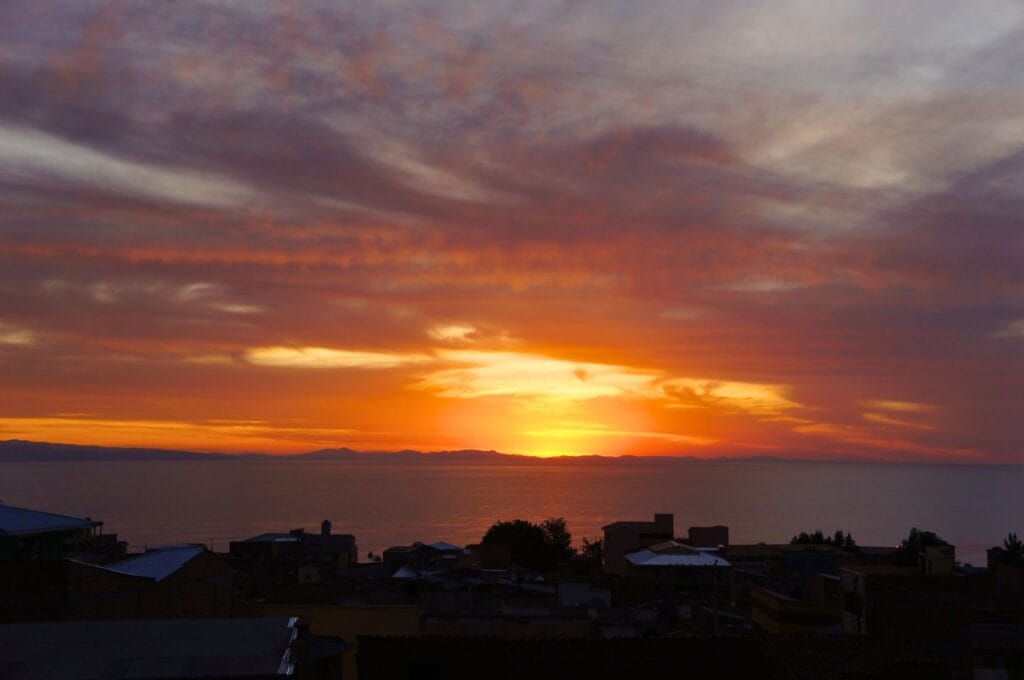
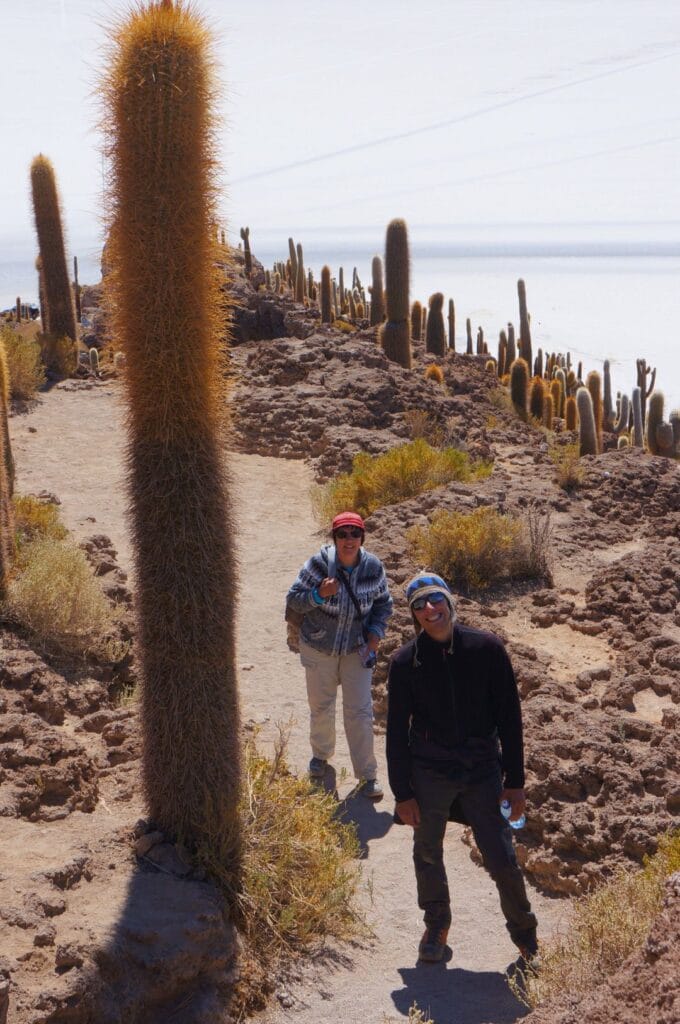
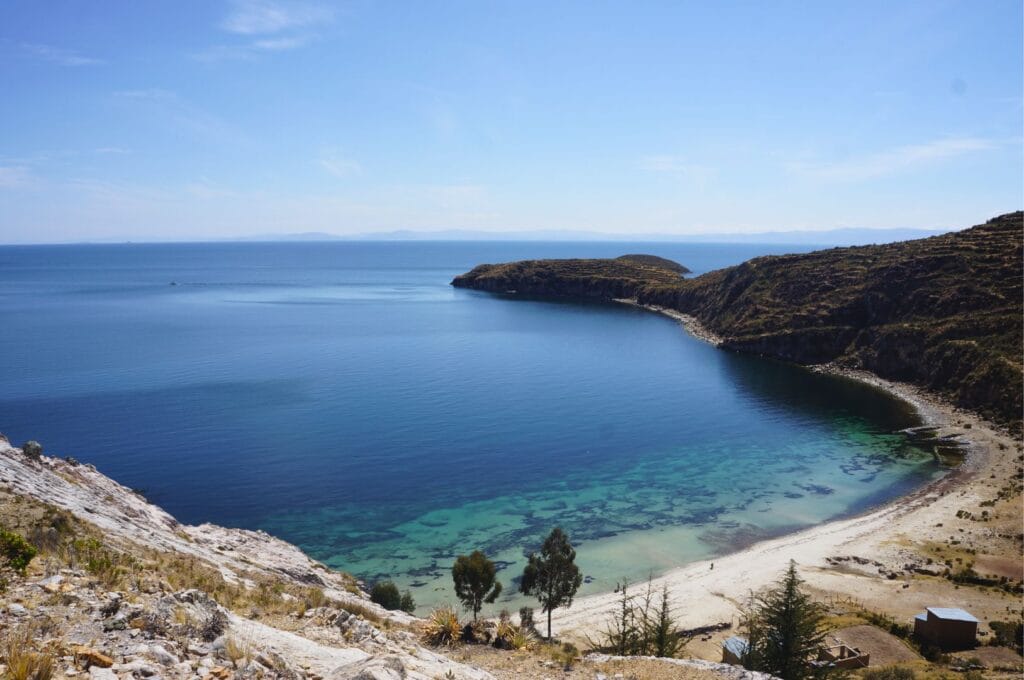

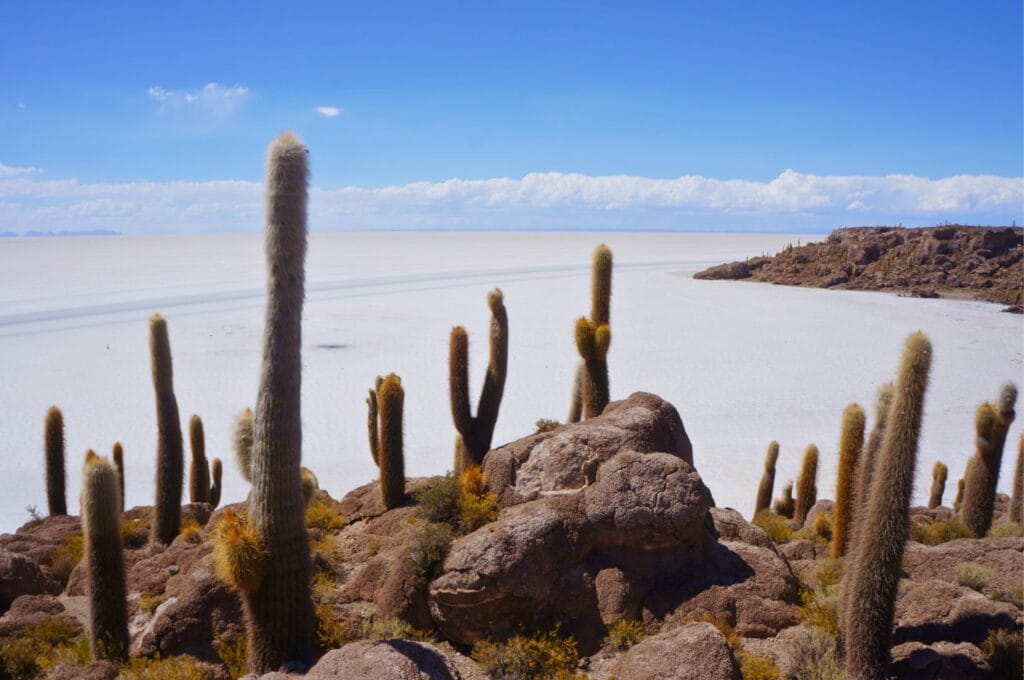
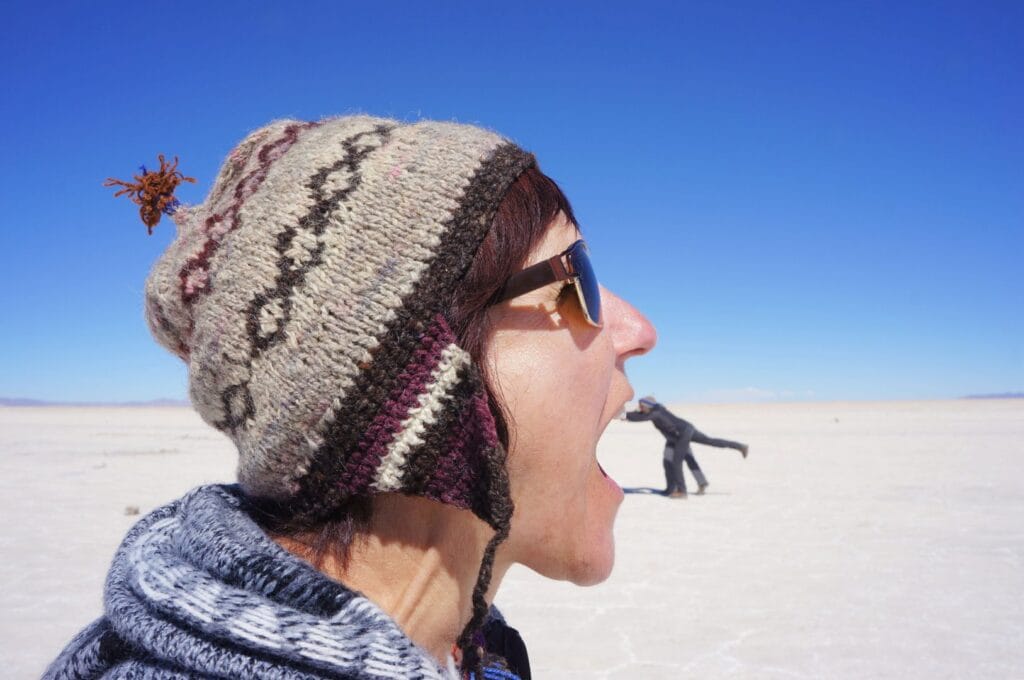
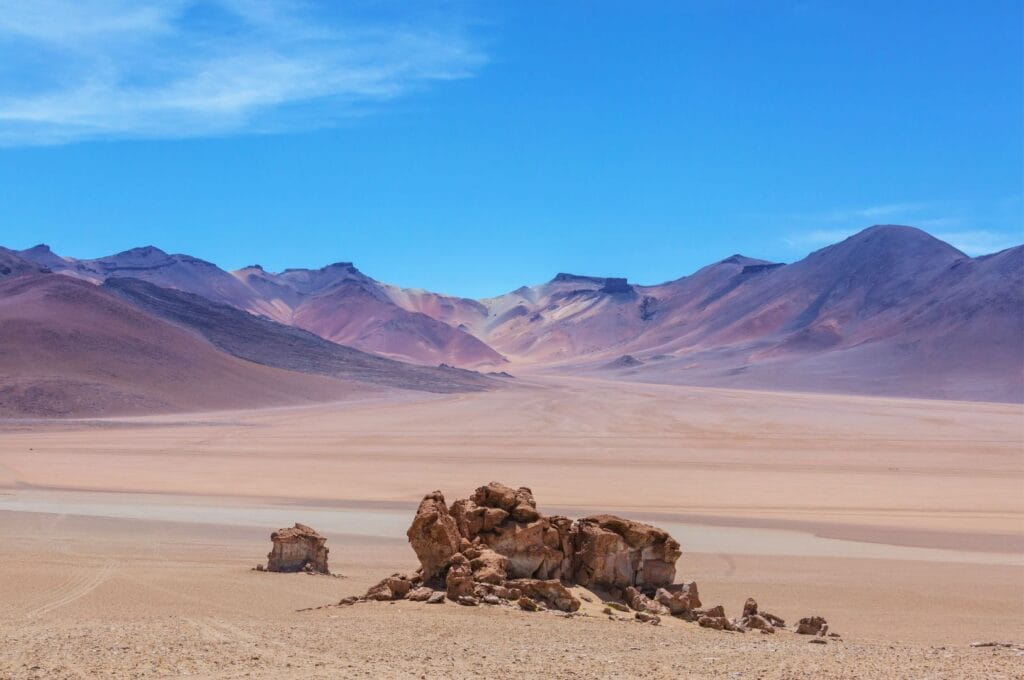
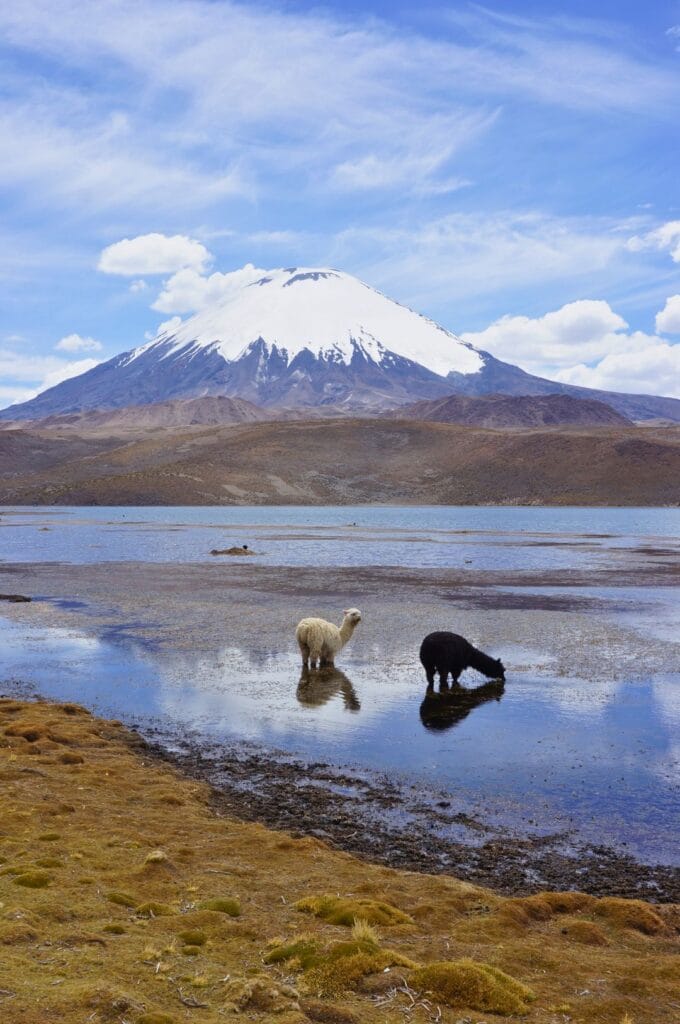
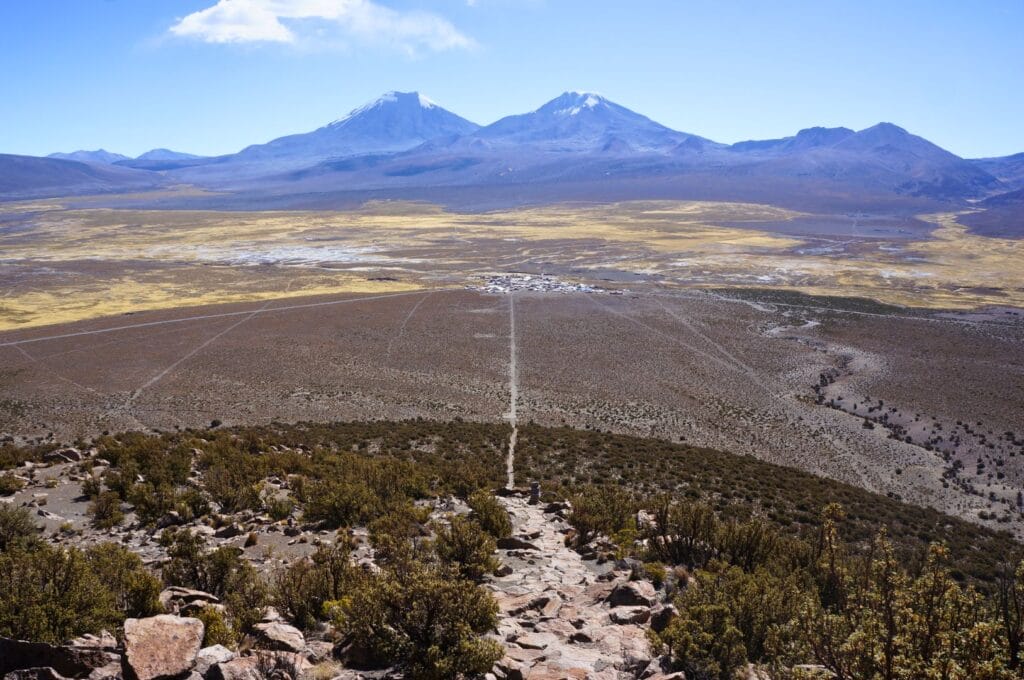
If you plan to spend more than 3 weeks in Bolivia or want other ideas to refine your itinerary, here’s what we would recommend:
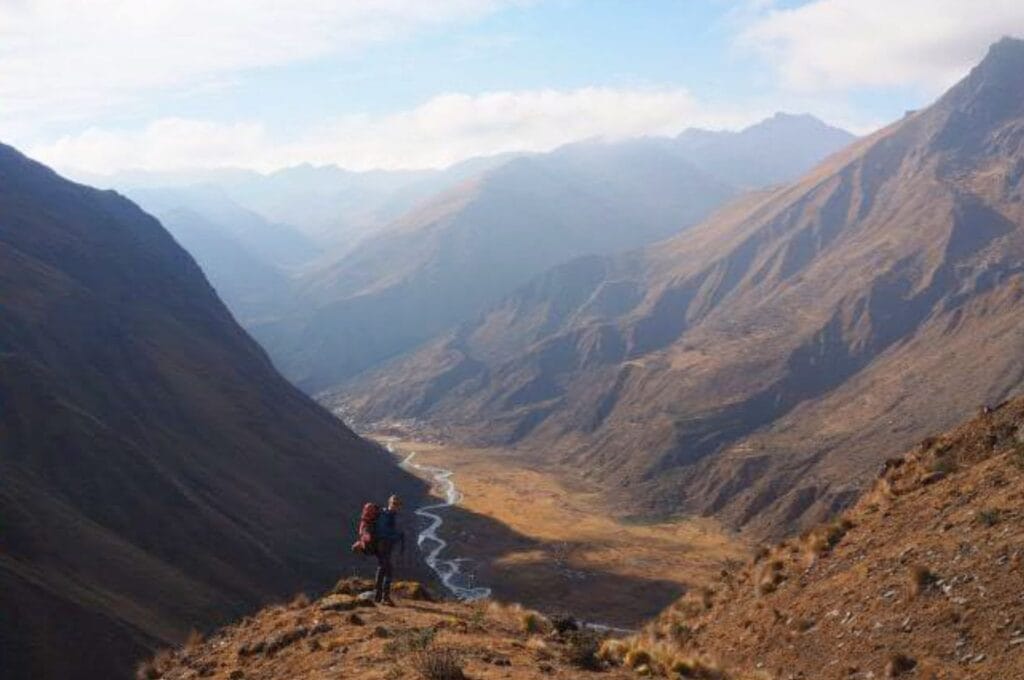
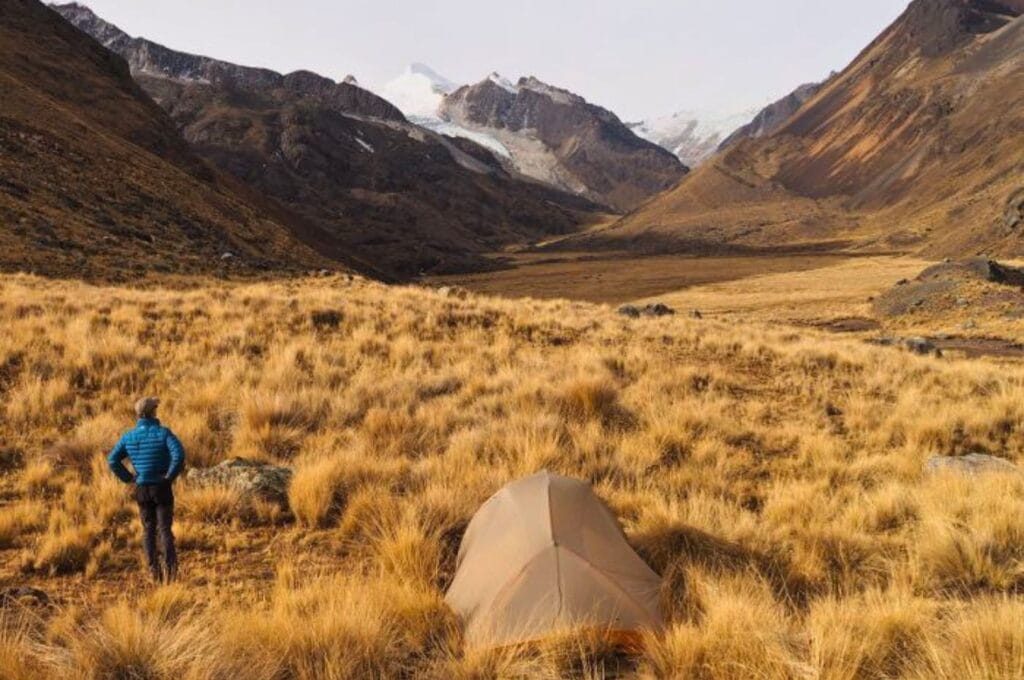
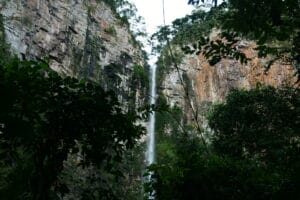
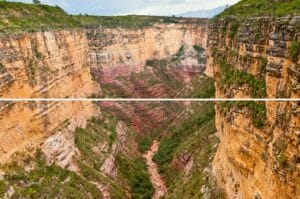
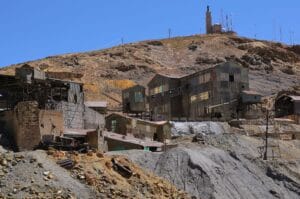
When we arrived in South America, we decided to take Spanish classes in Quito, and honestly, it was probably one of the best decisions of our adventure! Before arriving, we had absolutely no knowledge of Spanish, and thanks to the classes, we acquired the basic vocabulary needed to communicate fluently with the locals! It changed our travel experience! So, while we didn’t take classes in Bolivia, we met many travelers who did. Bolivian Spanish might not be the cleanest, but from what we've heard, the best city for taking classes is definitely Sucre. Incidentally, it's also the Bolivian city we found most pleasant to live in. So, if we were to settle down for a few weeks, we would choose the capital city!
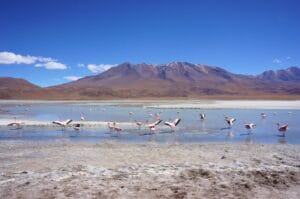
If you don't want to organize your entire trip by yourself or are looking for more inspiration for your Bolivia itinerary, we recommend checking out Evaneos. They offer a wide range of organized tours (with a guide) as well as "freedom" packages that we find cool: they take care of transport and accommodation, and you manage the itinerary. The agency works with local providers and offers the same rates as booking directly.
This article contains affiliate links to partner sites. When you use our links to book accommodation, a car, or an activity, you don’t pay anything extra, but we get a small commission. This helps us to offer you free, independent, and ad-free content. Thank you for your support!
We often get asked if it’s possible to combine Bolivia and Peru in one trip. On a long-term journey, absolutely! That's what we did.
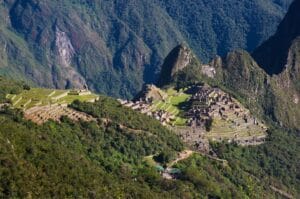
However, if you’re planning a 2-week vacation, it seems challenging and potentially exhausting. The travel distances are long and not always ultra-comfortable. If you want to visit both Peru and Bolivia, I recommend planning at least 3 weeks and limiting yourself to regions that are not too far apart.
To go to Peru from La Paz or Copacabana, we recommend taking the Bolivia Hop bus to cross the border. The concept? You buy a ticket with multiple possible stops between two cities. You can get off at any stop without a time limit. Plus, guides are on board these red buses to inform you about all aspects of the country.
An idea for a 3-week itinerary could be:
As you can see, even with a light program, a trip between Peru and Bolivia is quite packed in 3 weeks. So, I would rather encourage you to take your time and focus on one country or the other. Some tours offer to do this route in 2 weeks, including many internal flights as they are not very expensive. Personally, taking 5-6 flights in 2 weeks seems like a total ecological aberration, so I don't particularly recommend it.
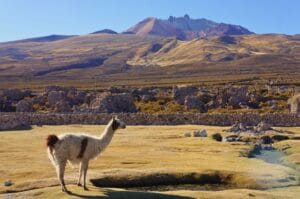
We arrived in Bolivia by land from Peru and left the same way, heading towards Chile. If you're planning to arrive by plane, you'll most likely land at El Alto International Airport in La Paz, the administrative capital of Bolivia. Benoit’s parents even joined us in La Paz when they came to spend their vacation with us during our world tour.
Currently, there are no direct flights to Bolivia from France, Switzerland, or Belgium. Therefore, your flight will have at least one layover, often in Spain, Brazil, Panama, or Colombia. Budget-wise, you should expect to pay between 900 and 1400 euros for a round-trip flight.
For some reason, flights to Viru Viru International Airport in Santa Cruz de la Sierra are often cheaper than those to La Paz. To find the best rate, my advice is to enter Bolivia as the destination country when searching on Skyscanner. Also, don't hesitate to set France, Belgium, or Switzerland as your departure country. By entering the entire country, you’ll see fares from different departure airports, and sometimes it’s worth taking a train to another city to benefit from a promotion.
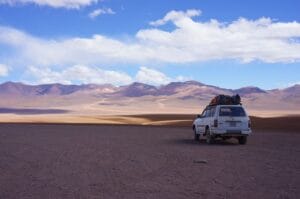
In Bolivia, the currency is called the boliviano, abbreviated as BS or BOB. The exchange rate for this currency is relatively stable and generally hovers around 1 euro = 7.5 bolivianos.
Credit card payments are possible in some hotels and good restaurants, but overall, it’s definitely better to plan on using cash rather than cards in Bolivia. Instead of carrying large sums in euros or dollars, we recommend using a bank with no fees for withdrawals.
ATMs are plentiful, and during our visit, we had no problems withdrawing cash as international cards are widely accepted. To minimize bank fees, make sure your bank doesn’t charge withdrawal fees, or consider signing up for an online bank like N26.
Bolivia is one of the cheapest countries in South America (and the world). To be honest, it was one of the countries where we spent the least during our world tour in terms of value for money.
Overall, we had a budget of 21.1 euros per day per person in Bolivia, which corresponds to 158 bolivianos daily. This budget included numerous excursions: 4 days at the Salar, climbing Parinacota... Moreover, Benoit’s parents visited us for 2 weeks, which led us to spend a bit more than usual. We opted for slightly better-equipped hotels, less backpacker-style, and preferred restaurants over street food.
Check out our detailed Bolivia budget
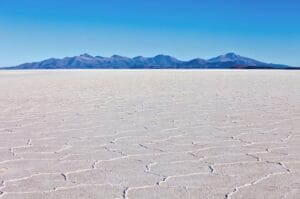
We had heard all sorts of things before arriving in Bolivia. In the end, the quality of hotels is slightly lower compared to neighboring countries. If you choose cheaper hotels, expect very basic rooms, sometimes without a shower and sometimes without hot water. It’s fine for a few nights when traveling on a budget. Otherwise, by spending a bit more, you’ll find accommodations with a fairly good quality/price ratio. Hostals are plentiful throughout the country, and you’ll find many homestays. We fondly remember our charming mamita in Sajama National Park!
If you like to plan your accommodations ahead of time, we recommend using this map to compare prices of different hotels based on your dates and criteria.
Entering and traveling in Bolivia is quite simple in terms of administration. French, Swiss, and Belgian nationals are exempt from visas if their stay in Bolivia is less than 90 days. A stamp is placed on the passport upon arrival, by land or air, allowing a tourist stay of up to 3 months. It’s great when things are simple, right? As usual, your passport must be valid for at least 6 months from the date of entry into Bolivia.
Another step is necessary, though quick. You must register your next residence during your Bolivian stay within 48 hours after arrival, whether by air or land. This document will be checked when you leave the country, and if you don’t present it, you may face a fine of 300 bolivianos, about 40 euros.
Beware of online agencies that charge a significant amount to register you. The official registration address is here. Don’t hesitate to try several times as this site can be buggy. Click on "Cuenta extranjero" (account for foreigners), then "Turista," and enter the usual information: first name, last name, document type, date of birth, etc., then click on "Registrar."
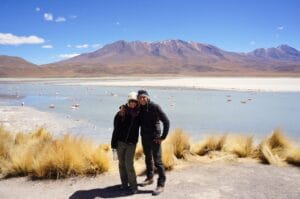
No vaccinations are mandatory for traveling around Bolivia. However, the Pasteur Institute recommends a few vaccines for prevention:
For more information on health modalities for travelers in Bolivia, refer to the Centers for Disease Control and Prevention’s recommendations.
Bolivia is not exactly at the forefront of medical technology. In case of problems, you’ll always find a doctor or pharmacy, but it’s definitely not the cutting edge of medicine. To be prepared for any eventuality, having good travel insurance is really important. Yes! It’s just as useful for a world tour as for shorter trips! To help you choose, we’ve written a complete comparison guide for travel insurance.
Regarding overall health risks, pay attention to hygiene and water! We had the most intestinal issues in Bolivia. Nothing dramatic, but let's say traveler’s diarrhea was never far away. So, never drink tap water without filtering it (with a filter bottle), avoid ice cubes, wash fruits and vegetables with potable water, and in general, only eat well-cooked foods.
Lastly, beware of altitude! We mentioned this earlier, but acclimatization is essential to avoid altitude sickness, which can cause serious problems.
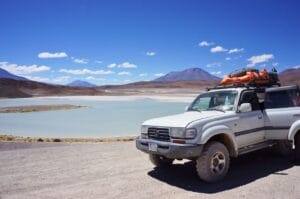
The bus is the simplest way to reach your destination in Bolivia. Before arriving, we read mixed reviews about the state of the roads and the quality of the buses. The result? We were pleasantly surprised! Night buses (cama or semi-cama depending on their reclining degree) are quite comfortable, and the roads aren’t too bad overall. Prices are quite cheap, allowing you to save on a few nights of accommodation by taking a night bus! To book your bus tickets in advance, we recommend this site or this one.
We didn’t take any trains, but there are two main railway lines across Bolivia. Note that since the global pandemic, all trains have been suspended. However, here’s some useful information in case rail traffic resumes. The first line connects Oruro to the south of the country via Uyuni and Tupiza. The second links all the major municipalities in the southeast with Santa Cruz as a central stop. Check out all the possible rail stops here.
As a last resort, there’s air travel. You can take one of the many internal flights from the four corners of the country for a small price (for a plane ticket, that is). However, we caution you as some airports are quite far from the city center... In the end, you save time but lose quite a bit of money between the ticket and the bus or taxi transport when buses don’t serve the airports.
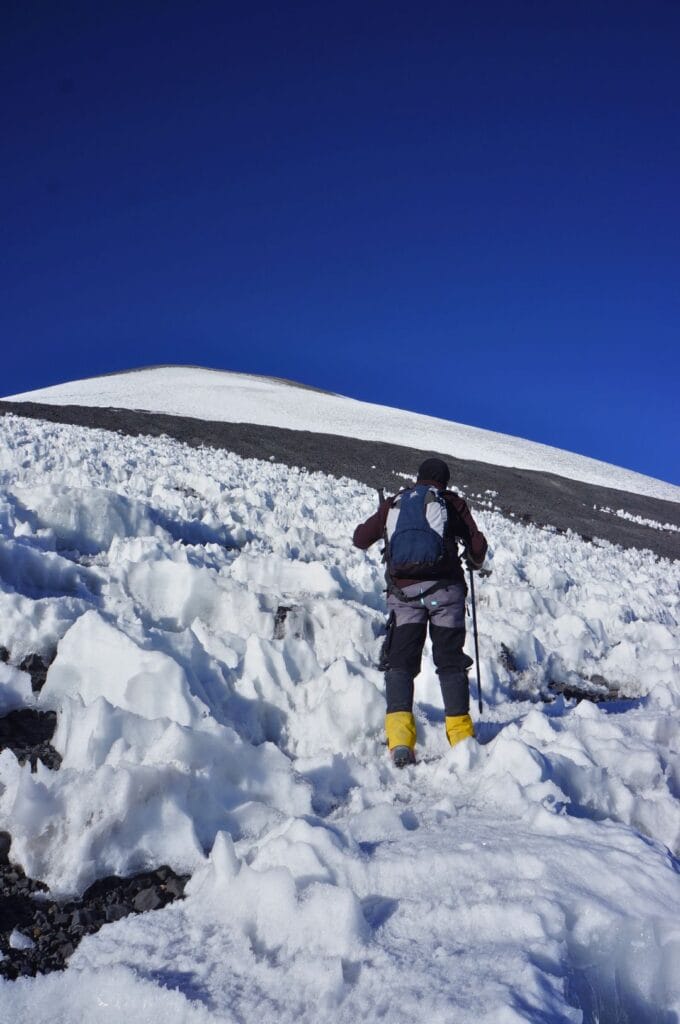
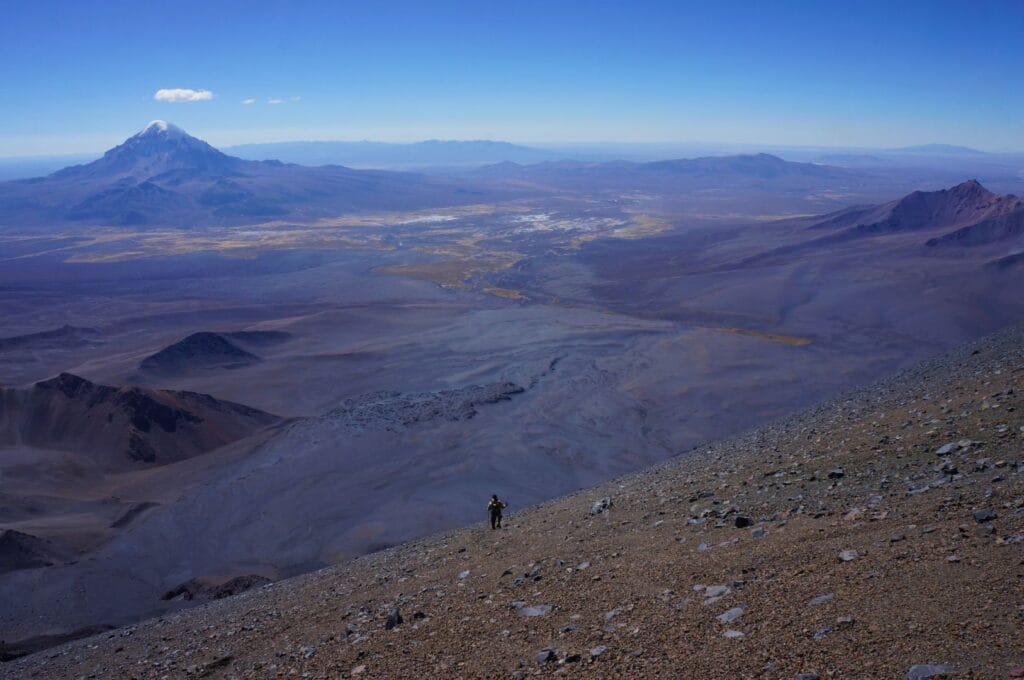
Like the rest of South America, Bolivia is festive all year round. Chances are your trip will coincide with a cultural event! Here’s a list of notable festivals you shouldn’t miss.
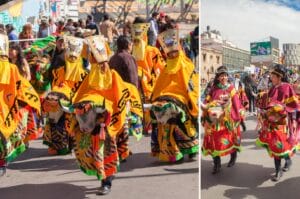
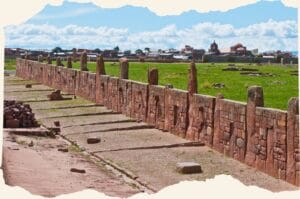
It’s hard to beat Peruvian cuisine during a trip to Latin America! Nevertheless, Bolivia has some typical dishes you must try during your stay.
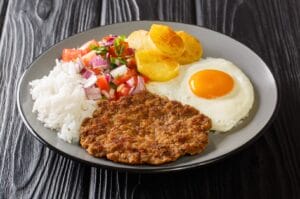
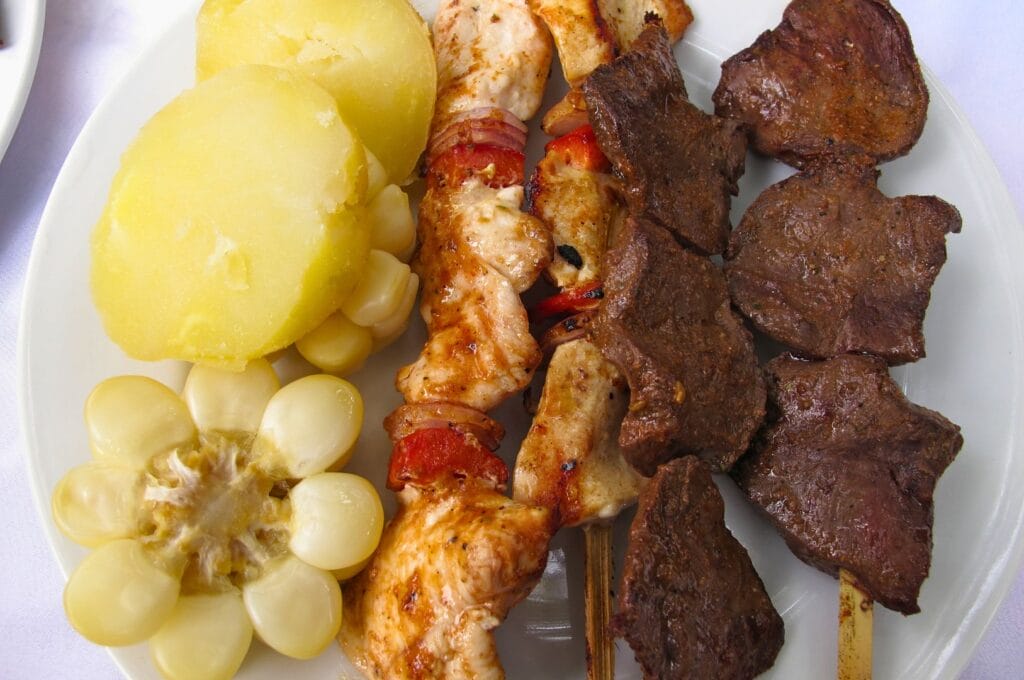
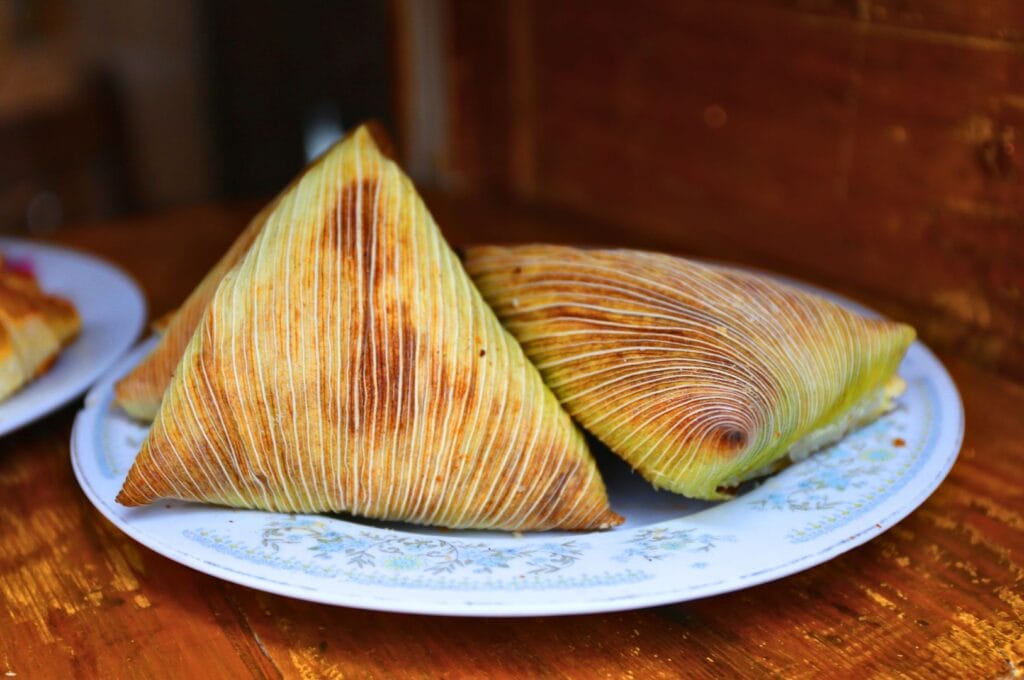
Bolivia is in the UTC-4 time zone in summer. This means that when it’s noon in France, it’s 6 a.m. in Bolivia. Note: Bolivia does not observe daylight saving time.
The official language of Bolivia is Spanish. If you have some basic knowledge, it will be very useful for easy communication. Additionally, you should know that many indigenous languages are still spoken in Bolivia. There are over 30 of them! However, to be honest, there’s little chance you’ll start speaking Quechua or Aymara. In any case, Spanish is a reliable option that works perfectly!
Power outlets in Bolivia are of types A/C. For type C, we can use our European chargers, but for type A, you will need a universal adapter.
This is more complicated… In reality, the internet is available in Bolivian hotels and guesthouses. However, the connection speed is often quite limited. Things have been improving over the years, but Bolivia remains one of the South American countries with the worst network. We were always able to access basic applications, but for uploading photos, we definitely waited until we were in Chile to back them up.

1
Located some 100 km northwest of La Paz, the Illampu circuit is a beautiful 6-7 day trek around the imposing Illampu massif. Here's our complete guide!
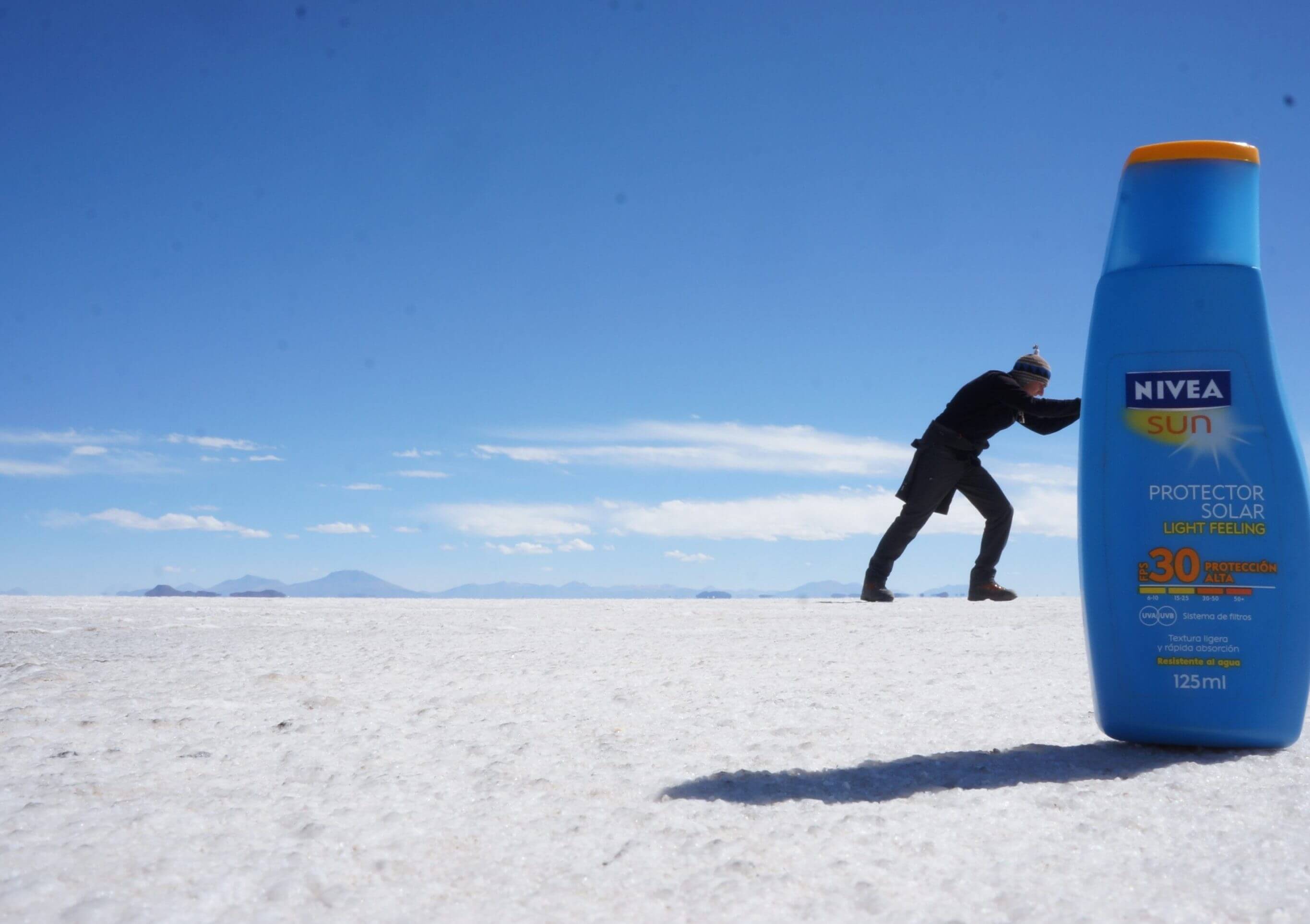
0
1 month in Bolivia went by too fast! It's time for us to take a look back, and we'll tell you everything you need to know about the budget you'll need to travel to Bolivia.
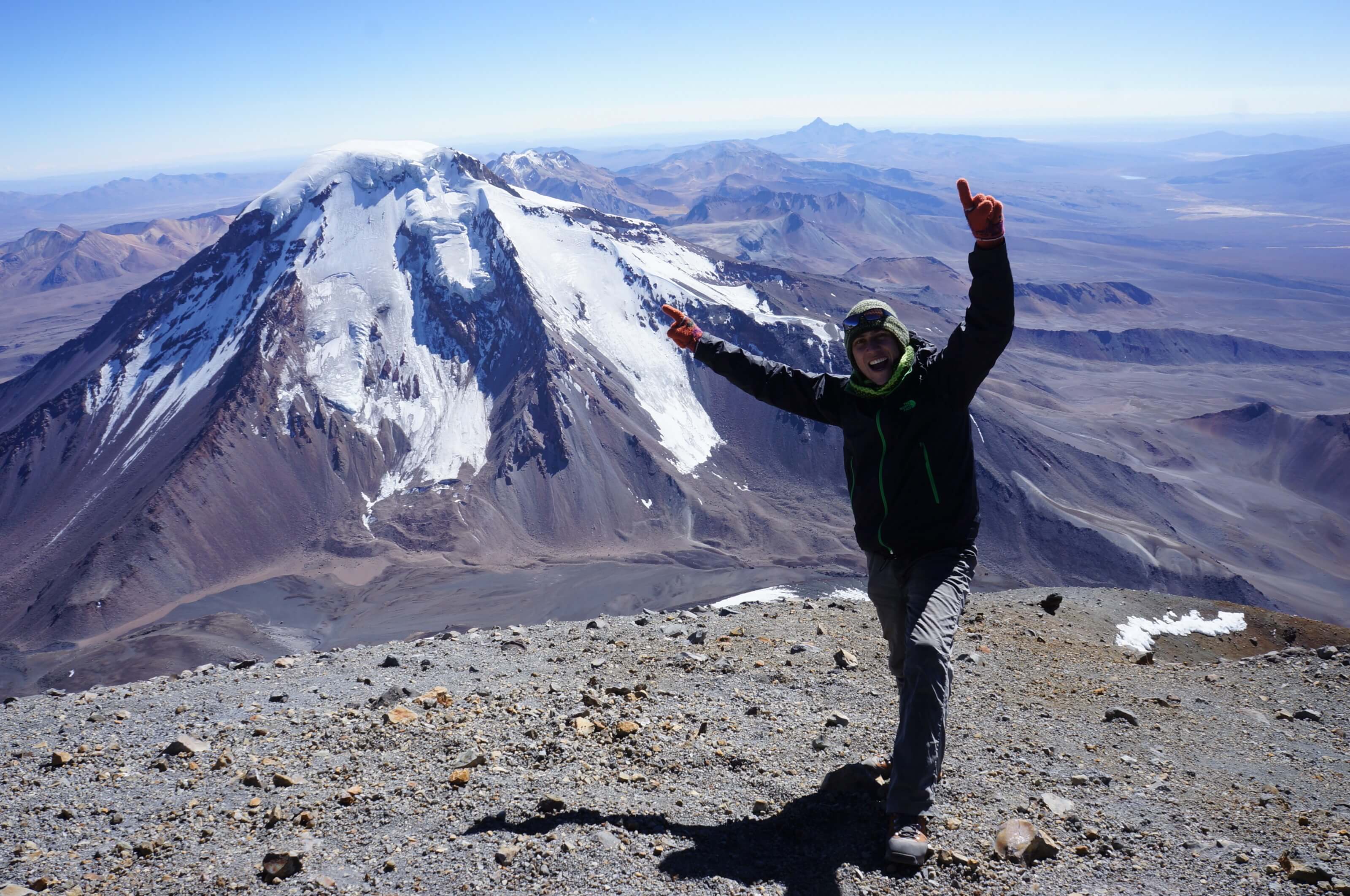
12
The ascent of a 6000 m summit was significant to me. The story of my experience on the Parinacota volcano (6348 m), on the border between Bolivia and Chile.
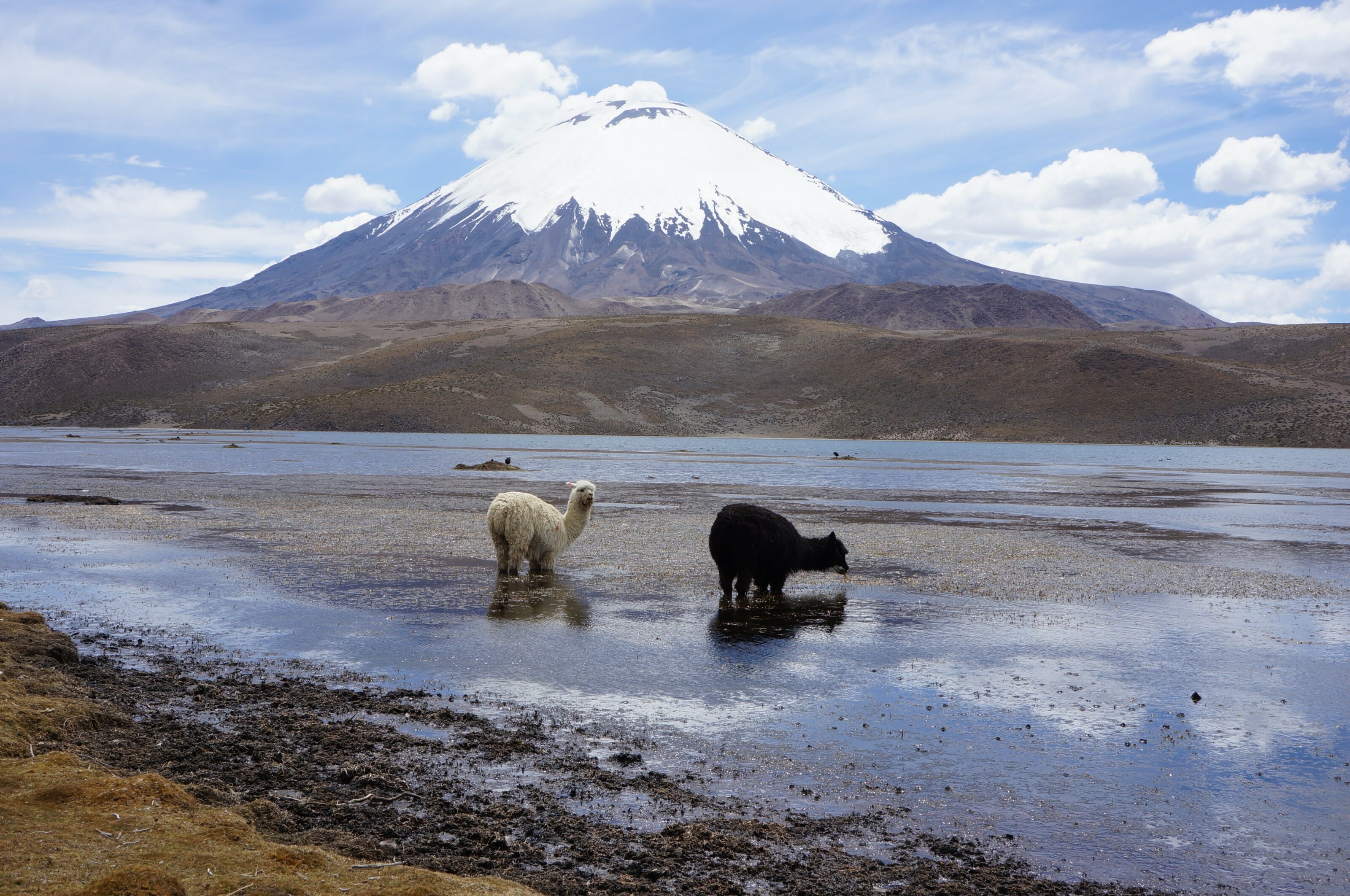
0
Be amazed by the Sajama and Lauca National Parks between Bolivia and Chile, at the foot of volcanoes over 6000 m high, with their herds of alpacas!
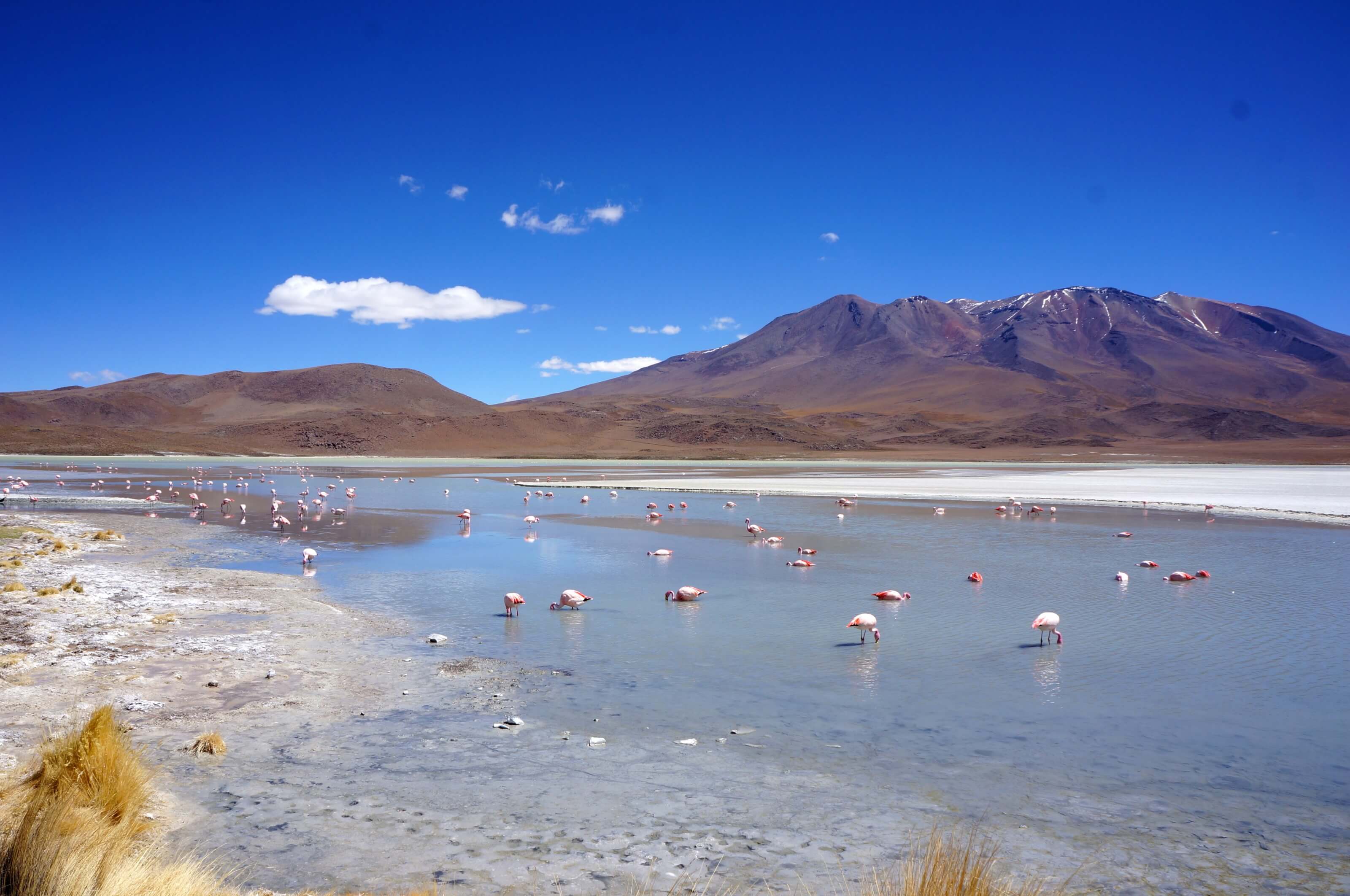
0
Family holidays in Bolivia: It is with Benoit's parents that we went to discover the incredible region of the Uyuni and Sud Lipez salar! A highlight of our world tour!
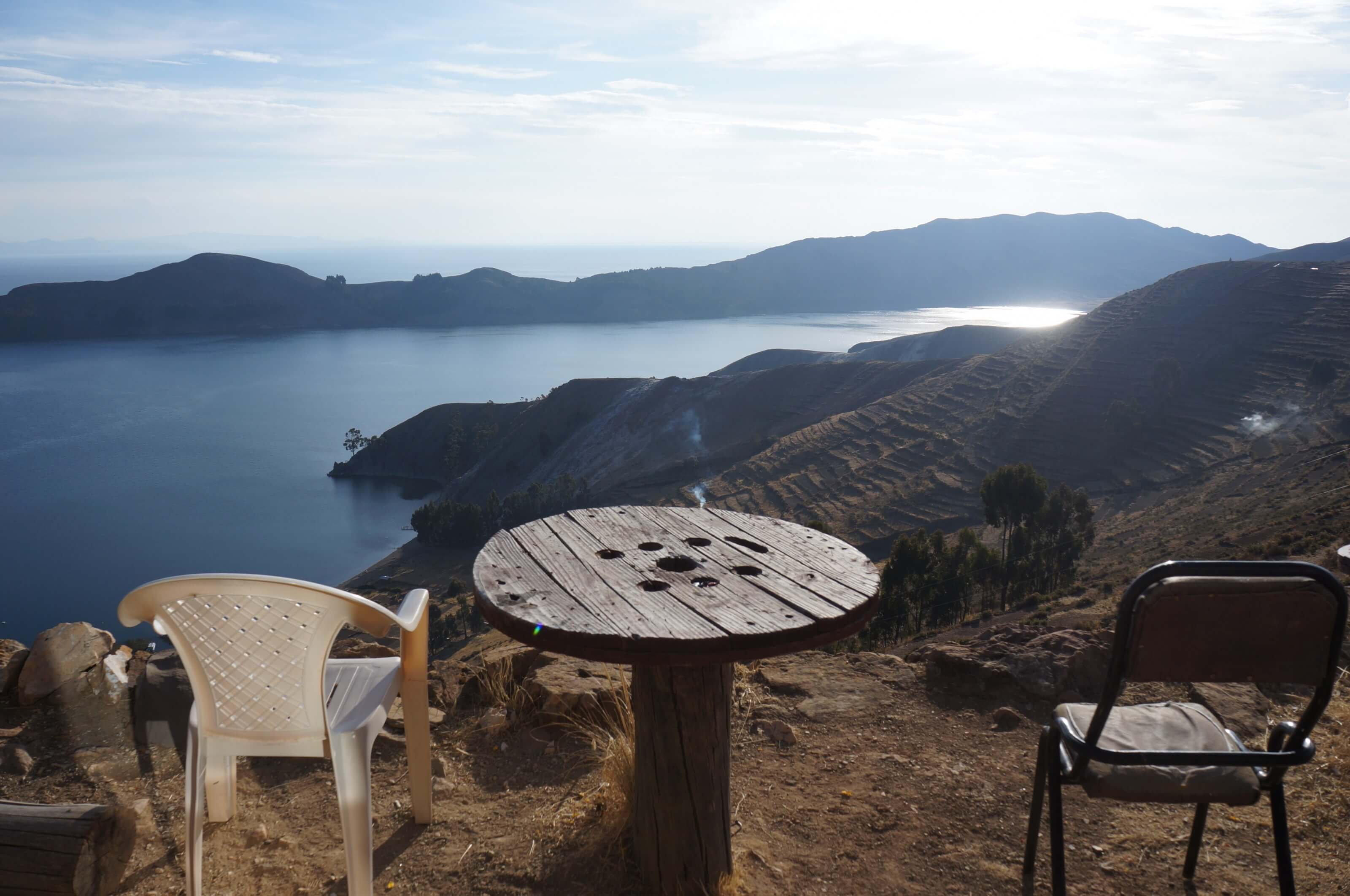
0
Discover Lake Titicaca from Peru with the floating Uros islands or from Bolivia with the beautiful Isla del Sol. A change of scenery guaranteed!
